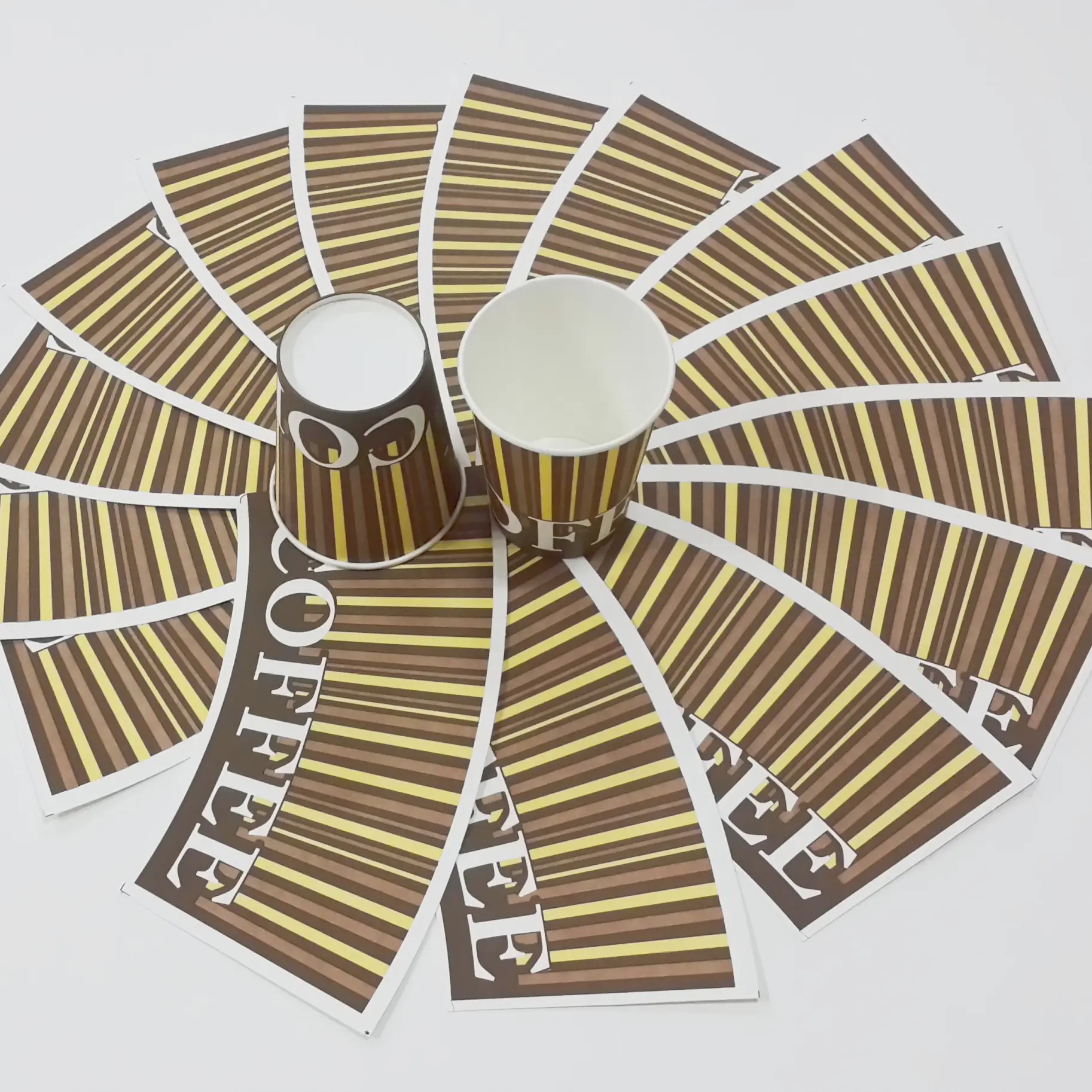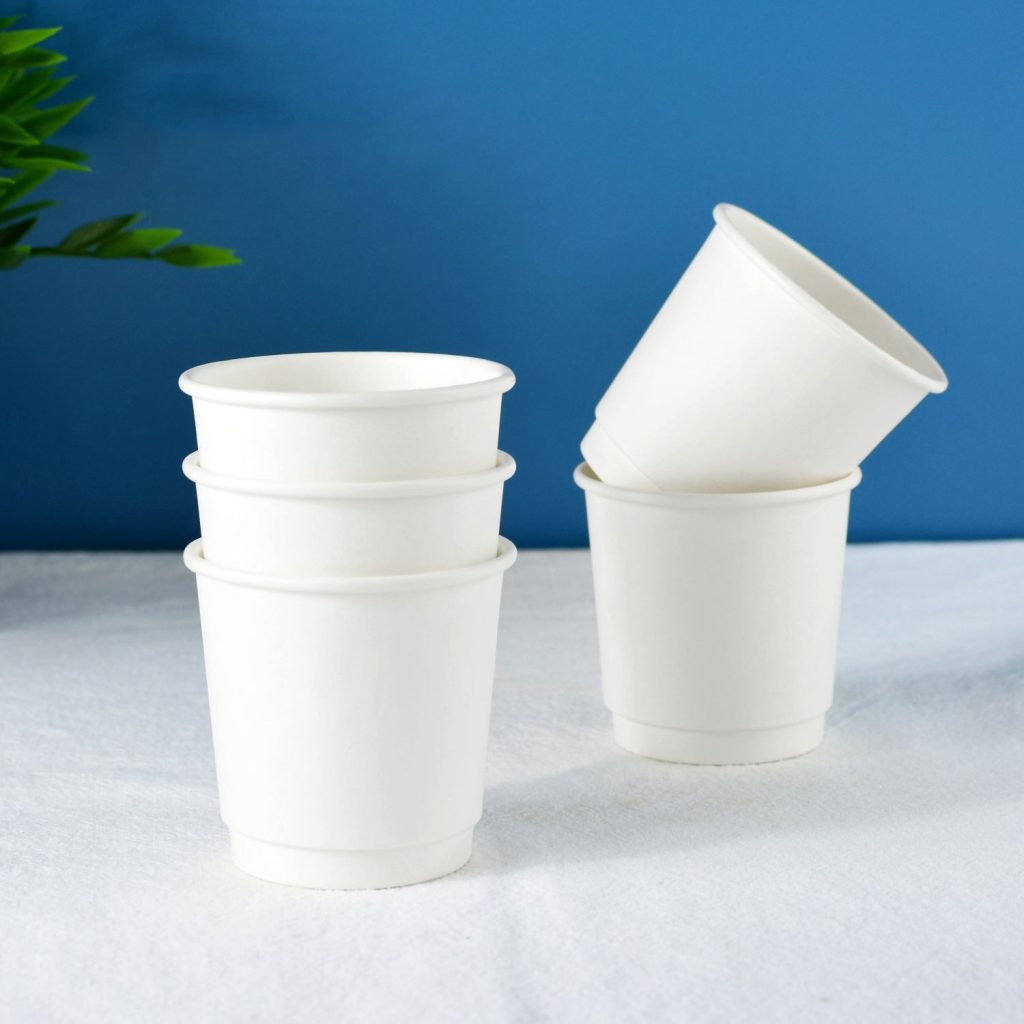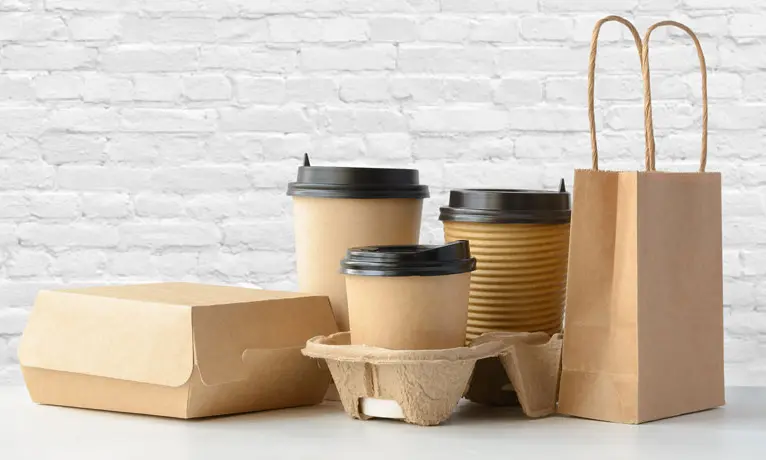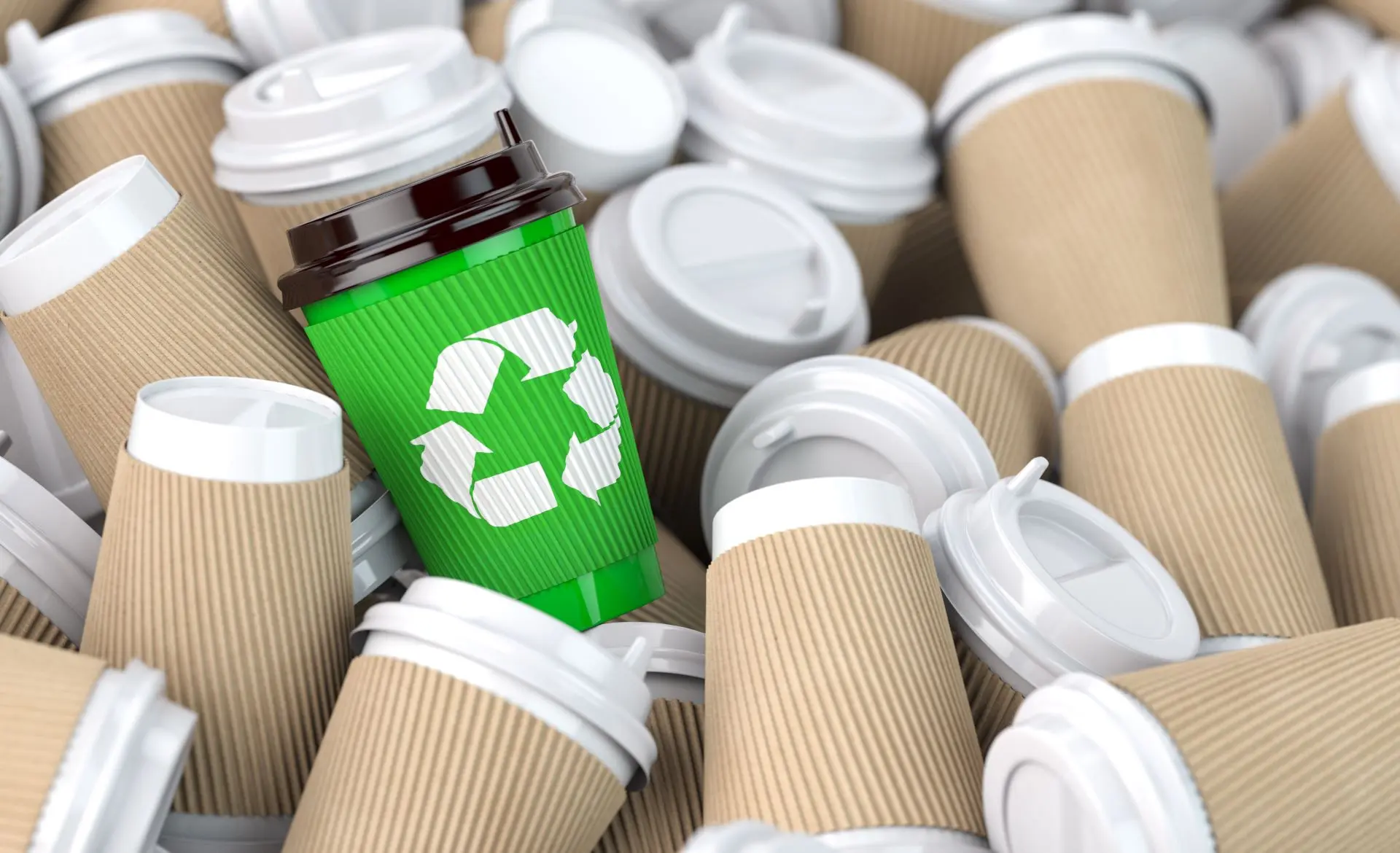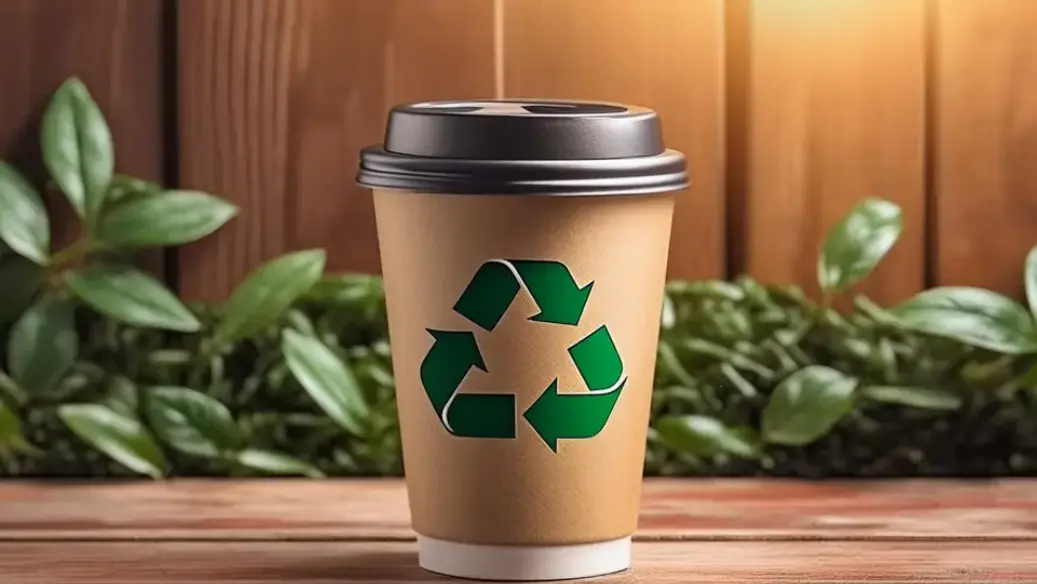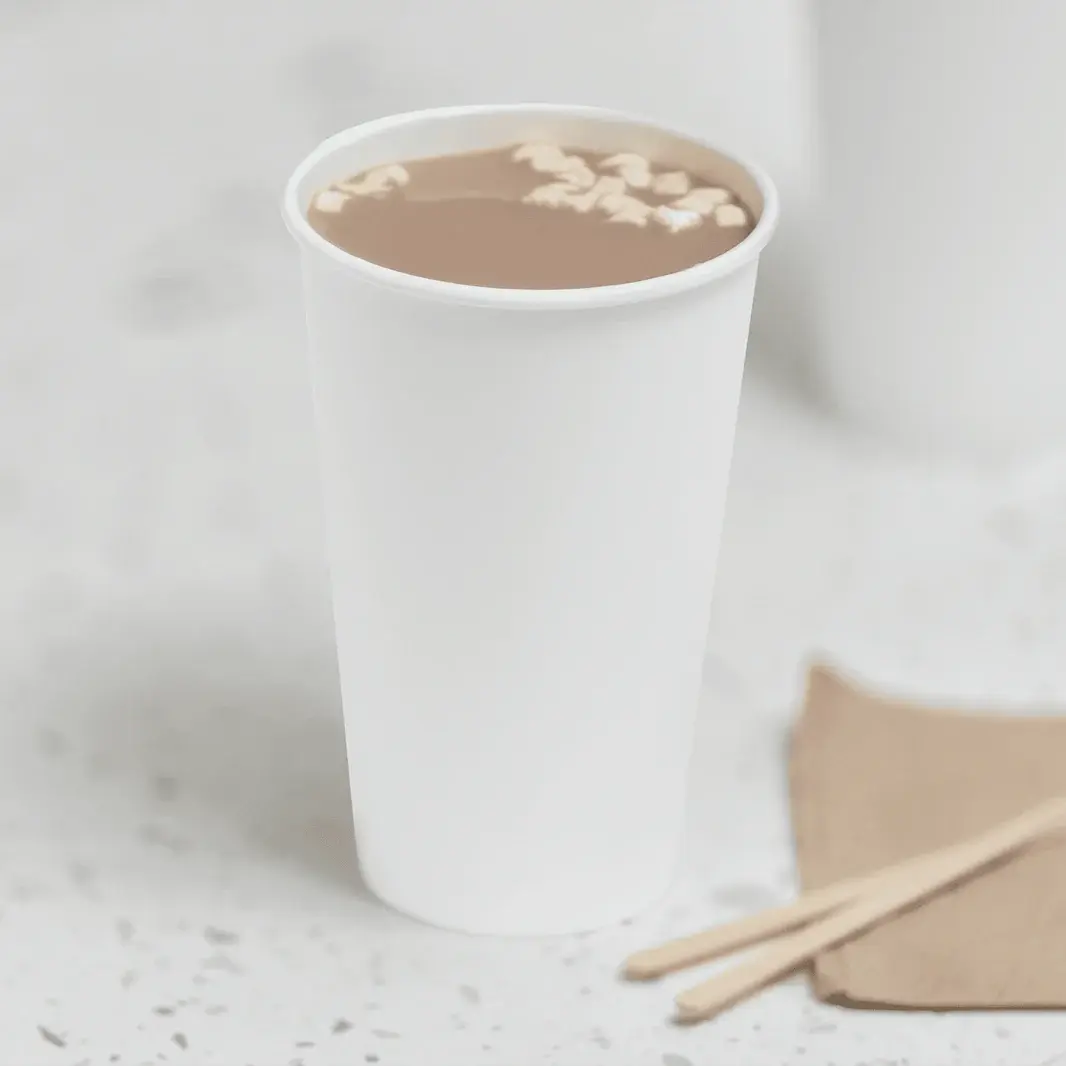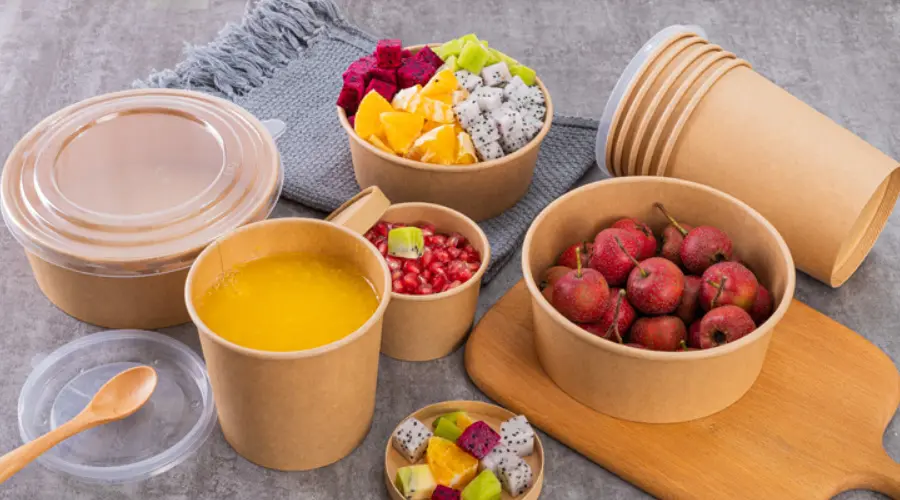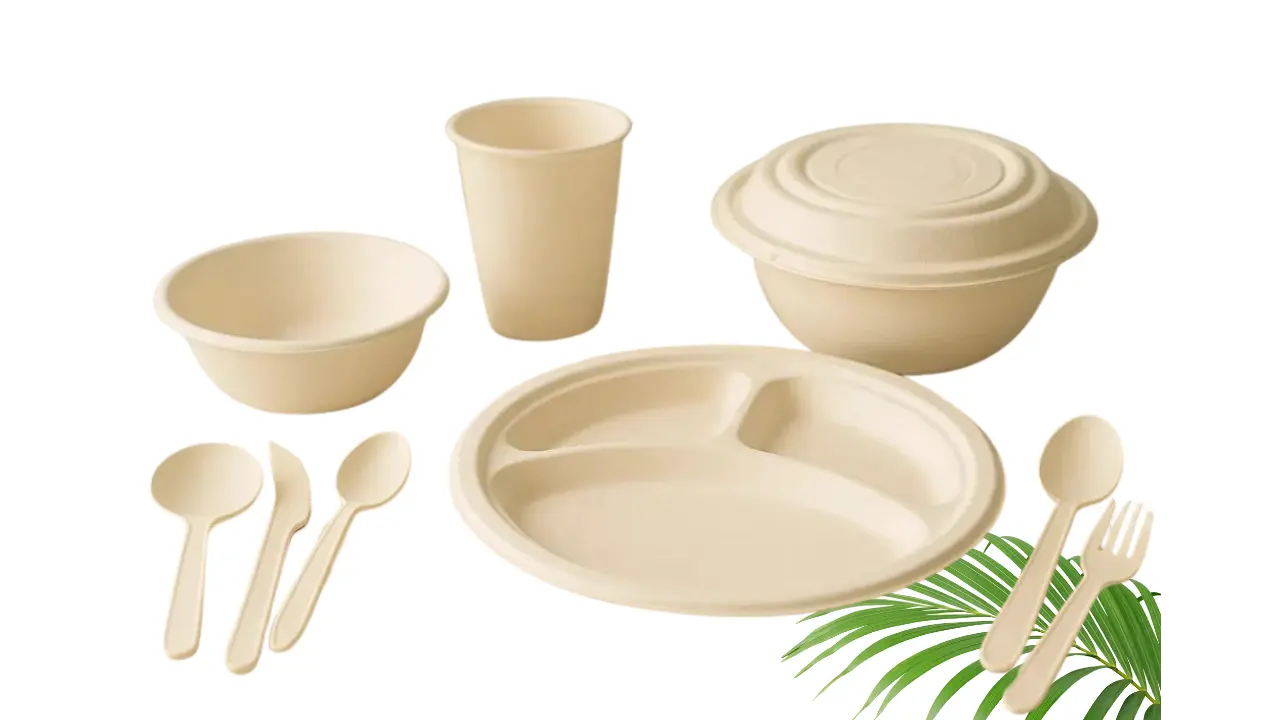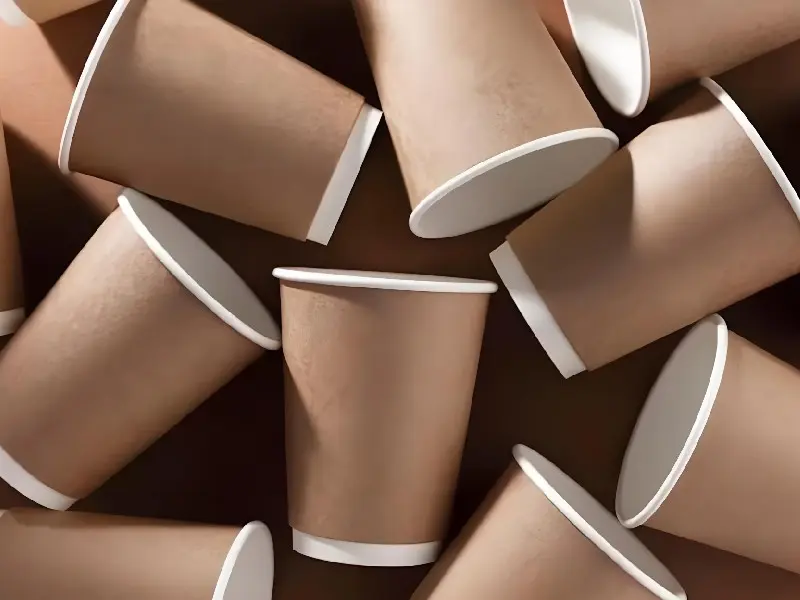Discover the Top Benefits of Biodegradable Bagasse Bowls/Plates
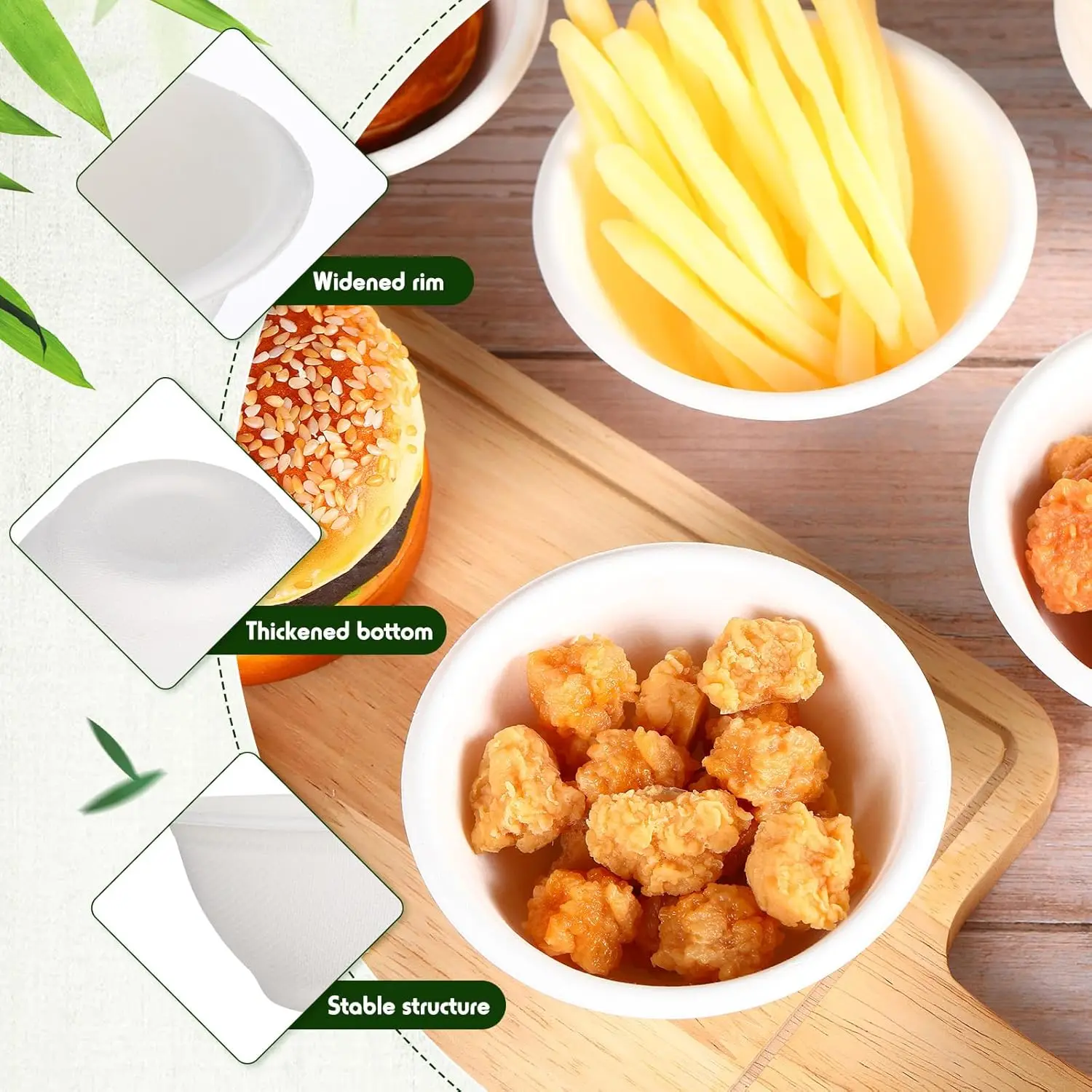
Biodegradable Bagasse Bowls and plates offer a sustainable alternative to traditional plastic options. They significantly reduce plastic waste; for instance, a restaurant using biodegradable bagasse bowls cut its non-recyclable waste by 40%. Additionally, these bowls decompose within 90 to 180 days, unlike plastic bowls that take hundreds of years. This compostable nature underscores their role in promoting a more sustainable future.
Key Takeaways
- Biodegradable bagasse bowls decompose in 90 to 180 days, significantly reducing landfill waste compared to plastic, which can take hundreds of years.
- Switching to bagasse bowls can cut non-recyclable waste by up to 40% and reduce carbon emissions during production, promoting a cleaner environment.
- These bowls are durable, microwave and freezer safe, making them versatile for various food types without leaking or becoming soggy.
Environmental Impact of Biodegradable Bagasse Bowls
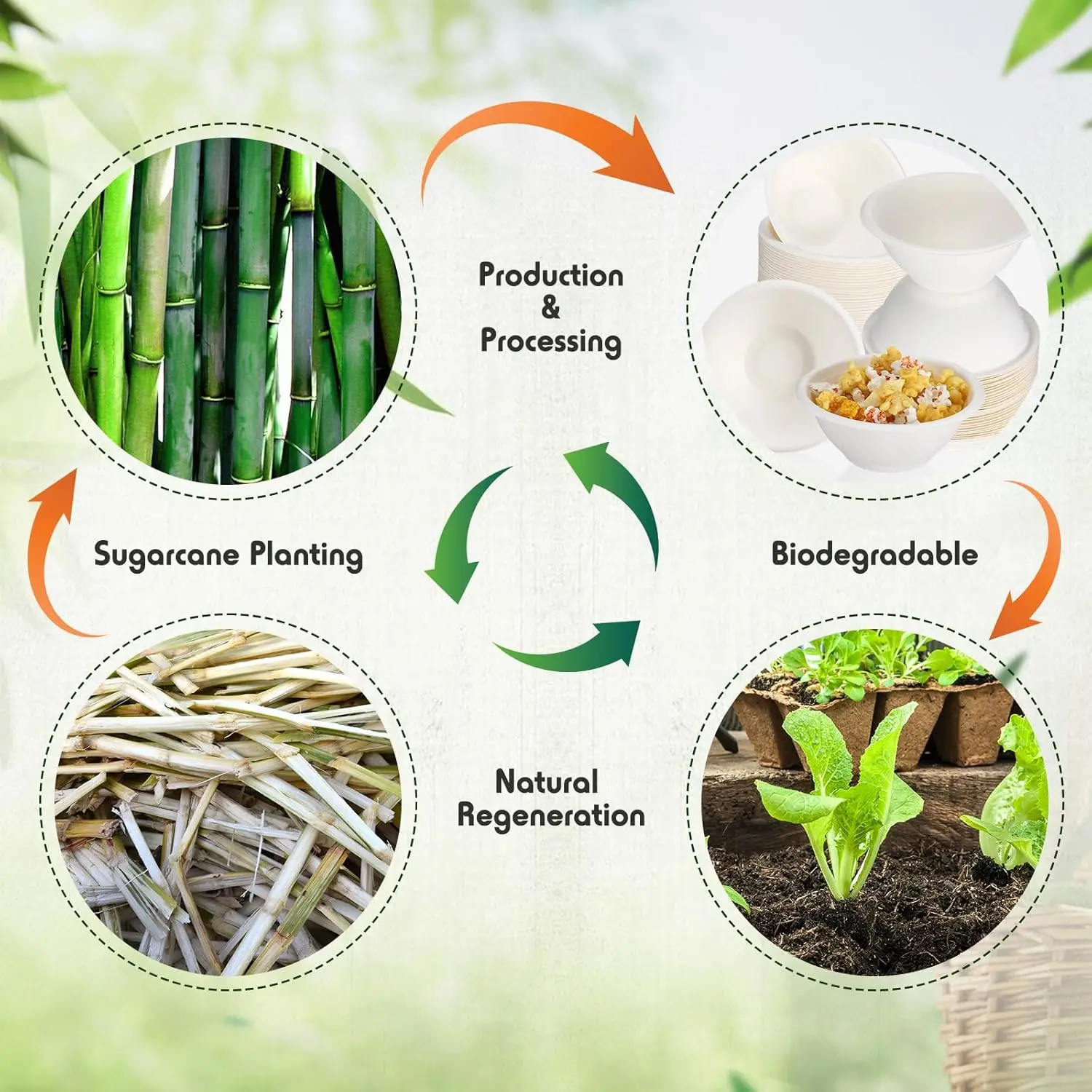
Compostability
Biodegradable bagasse bowls excel in compostability, making them a preferred choice for eco-conscious consumers. These bowls decompose efficiently in both industrial and home composting environments. Research shows that Bagasse Trays can break down in as little as 45 days under industrial conditions and 90 to 120 days in home composting setups. In contrast, traditional plastic options can take hundreds of years to decompose, contributing significantly to landfill waste.
| Material | Composting Time (Industrial) | Composting Time (Home) | Toxic Residue |
|---|---|---|---|
| Bagasse Tray | 45 days | 90–120 days | None |
| PLA-Lined Bagasse | 60–75 days | Not suitable | Low |
| Plastic Foam | Does not decompose | Does not decompose | High |
Over 200 cafés in Melbourne have switched to home-compostable bagasse plates, achieving an impressive 80% compost success rate in backyard bins. This data highlights the effectiveness of biodegradable bagasse bowls in reducing waste and promoting sustainable practices.
Reduced Carbon Footprint
The production of biodegradable bagasse bowls results in a significantly lower carbon footprint compared to plastic and paper alternatives. Lifecycle analysis indicates that manufacturing bagasse bowls emits only 0.1 kg of CO₂, while plastic bowls generate approximately 1.5 kg of CO₂. This stark difference underscores the environmental advantages of choosing biodegradable options.
| Material Type | Carbon Footprint (kg CO₂) | Degradation Time | Compostability |
|---|---|---|---|
| Bagasse Bowls | 0.1 | 90 days | ✅ |
| Plastic Bowls | 1.5 | 500 years | ❌ |
| Paper Bowls | 0.6 | 365 days | ❌ |
Using bagasse as a raw material also contributes to lower greenhouse gas emissions during production. Bagasse, a byproduct of sugarcane processing, reduces reliance on non-renewable resources. This shift not only enhances resource efficiency but also helps combat climate change.
Contribution to Waste Reduction
Switching to biodegradable bagasse bowls can lead to substantial reductions in landfill waste. In the food service industry, the transition from plastic to biodegradable options has resulted in a 72% reduction in packaging waste. Additionally, this change has eliminated approximately 15.6 metric tonnes of plastic waste, showcasing the positive impact of biodegradable bagasse bowls on waste management.
| Metric | Value |
|---|---|
| Reduction in packaging waste | 72% |
| Lower carbon footprint per 1,000 units | 32.7% |
| Elimination of plastic waste | 15.6 metric tonnes |
| Generation of compostable material | 11 tonnes |
| Increase in cost per unit | 4.5% |
The use of biodegradable bagasse bowls not only supports a cleaner environment but also encourages a shift towards more sustainable practices in various sectors.
Usability Features of Biodegradable Bagasse Plates
Durability and Strength
Biodegradable bagasse plates demonstrate impressive durability and strength, making them a reliable choice for various dining needs. These plates do not become soggy with hot or greasy foods. They can hold heavy meals without collapsing, ensuring that users can serve substantial portions without worry. Additionally, bagasse plates maintain their strength and do not leak, even when filled with hot soup.
| Material Type | Endurance/Strength | Heat and Moisture Resistance |
|---|---|---|
| Bagasse Pulp | High | High |
| Recycled Plastics | Variable | Low to Medium |
| Paper Disposables | Lower | Lower |
This resilience makes biodegradable bagasse bowls and plates suitable for both casual and formal dining settings.
Microwave and Freezer Safe
Biodegradable bagasse plates are certified as microwave and freezer safe by recognized food safety organizations. This feature allows users to reheat meals without transferring them to another container. The following table highlights specific products that meet these safety standards:
| Product Description | Microwave Safe | Freezer Safe |
|---|---|---|
| 10" Bagasse Biodegradable Compostable Plates One Compartment 500CT | Yes | Yes |
| 10" Eco Biodegradable Compostable Bagasse Plates Three Compartment 500CT | Yes | Yes |
Bagasse containers can withstand temperatures up to 200°F (approximately 93°C) for about 20 minutes. Square bagasse products can endure temperatures between -20°C to 200°C, while other bagasse products can handle temperatures up to 220°F. This versatility ensures that users can confidently use these plates in various cooking and storage scenarios.
Versatile for Various Foods
Biodegradable bagasse plates are designed to accommodate a wide range of food types without compromising structural integrity. They can safely hold hot foods, cold foods, soups, stews, salads, and desserts. The following table summarizes the compatibility of different food types with bagasse dinnerware:
| Food Type | Compatibility with Bagasse Dinnerware | Notes |
|---|---|---|
| Hot Foods | Yes | Can withstand high temperatures without warping or releasing chemicals. |
| Cold Foods | Yes | Maintains structure and durability at low temperatures. |
| Soups and Stews | Yes | Ideal for serving hot dishes. |
| Salads and Desserts | Yes | Suitable for cold dishes without becoming brittle. |
Bagasse bowls are sturdy and resilient, capable of withstanding high temperatures without deforming. They maintain their structure when in contact with liquids, making them suitable for high moisture content dishes. This adaptability makes biodegradable bagasse bowls and plates an excellent choice for a variety of culinary applications.
Comparison with Traditional Materials
Plastic vs. Biodegradable Bagasse Bowls
Biodegradable bagasse bowls offer significant advantages over plastic bowls. A lifecycle assessment reveals key differences:
| Aspect | Bagasse Bowls (Kraft) | Plastic Bowls |
|---|---|---|
| Raw Material Sourcing | Made from sustainably sourced materials, contributing to a net-negative carbon footprint. | Derived from fossil fuels, leading to high GHG emissions. |
| Manufacturing Process | Requires less energy and emits fewer toxins. | High energy consumption and toxic emissions during production. |
| Transportation | Lighter and more efficient, resulting in lower transport emissions. | Denser and less efficient, leading to higher transport emissions. |
| End-of-Life Treatment | Compostable and recyclable, decomposes in 60-90 days. | Often ends up in landfills, takes 400-1000 years to degrade. |
Consumer preferences also shift towards eco-friendly options. A survey indicates that 73% of diners prefer restaurants that use environmentally friendly packaging. This trend reflects a growing demand for sustainable practices in the food service industry.
Paper vs. Biodegradable Bagasse Plates
When comparing paper plates to biodegradable bagasse plates, the differences are notable:
| Aspect | Paper Plates | Bagasse Plates |
|---|---|---|
| Material Sourcing | Sourced from wood pulp, leading to deforestation and environmental issues. | Made from sugarcane stalks, a renewable agricultural residue. |
| End-of-Life Impact | Often coated, making them less biodegradable; contributes to landfill issues. | 100% biodegradable and compostable, breaking down in 30-90 days without toxins. |
Bagasse products require less energy and water in their production compared to paper products. This efficiency arises because bagasse is partially processed during sugarcane extraction, minimizing the need for extensive processing.
Cost-Effectiveness Over Time
Cost considerations also favor biodegradable bagasse bowls. The average cost per unit for bagasse bowls ranges from $0.01 to $0.20, which is generally lower than plastic and paper alternatives.
| Type of Bowl | Cost per Unit (USD) |
|---|---|
| Bagasse Bowls | $0.01 - $0.20 |
| Plastic Alternatives | Generally Higher |
| Paper Alternatives | Generally Higher |
Long-term savings emerge from reduced waste management fees and improved brand perception. For instance, Jame Lee, a procurement manager, noted that his company experienced long-term savings despite initial higher costs. Markus’s company reported a 15% increase in customer retention after adopting bagasse tableware.
Biodegradable bagasse bowls and plates provide numerous environmental and usability benefits. They reduce the need for virgin materials, decompose rapidly, and have a low carbon footprint. Their heat and leak resistance make them ideal for various food types.
Choosing biodegradable options for events and daily use supports sustainability. Consumers increasingly prefer eco-friendly products, driving demand for alternatives to traditional plastics.
Making informed choices today contributes to a cleaner, greener future.
FAQ
What are biodegradable bagasse bowls made from?
Biodegradable bagasse bowls are made from sugarcane pulp, a renewable resource that decomposes naturally.
How long do bagasse bowls take to decompose?
Bagasse bowls typically decompose within 90 to 180 days in composting environments.
Are biodegradable bagasse bowls safe for food?
Yes, biodegradable bagasse bowls are safe for food and do not release harmful chemicals during use.

